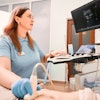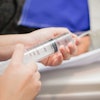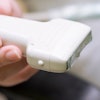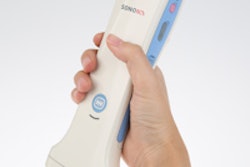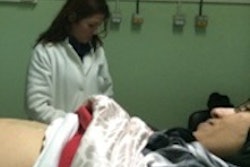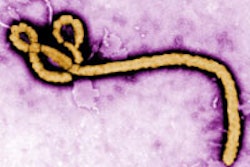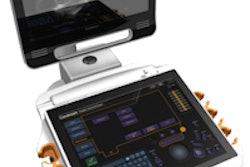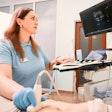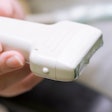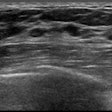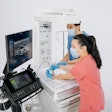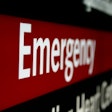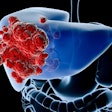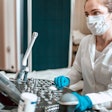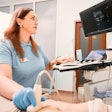Dear AuntMinnie Member,
Be careful what you wish for. The radiology community got much of what it wanted when the U.S. Centers for Medicare and Medicaid Services (CMS) said it's inclined to pay for CT lung cancer screening starting next year. Now comes the hard part, as imaging facilities figure out how to jump through the numerous hoops that CMS set up before CT screening exams can be reimbursed.
That's according to a new article by International Editor Eric Barnes in our CT Community. For the story, he spoke with a number of experts on CT lung cancer screening, including Dr. Ella Kazerooni and Dr. Denise Aberle, about how CT centers are moving to comply with the proposed guidelines.
For example, how will CT facilities meet the requirement to report scan data to a registry? Fortunately, plans are already underway on this front. There's also the requirement regarding "shared decision-making" between patients and providers before CT lung screening takes place; screening proponents believe these conversations are already taking place -- or should be.
Learn more about the nuts and bolts of CT lung cancer screening by clicking here, or visit the community at ct.auntminnie.com.
Smartphone-based ultrasound
In other news, visit our Ultrasound Community for an article about a South Korean firm that has developed a wireless ultrasound transducer capable of turning ordinary mobile devices such as smartphones into ultrasound scanners.
Called Healcerion, the company's Sonon linear probe features 128-channel technology that supports a variety of applications, including musculoskeletal and cardiology. Data can be transmitted to any Android or iOS device.
The firm sees the system as particularly useful in developing countries that may not have access to traditional ultrasound technology. Learn more by clicking here for an article by Senior Editor Erik L. Ridley.
On a related topic, click here for an article on a project in Morocco that brought mobile ultrasound to remote parts of the country that lack adequate access to health services.
